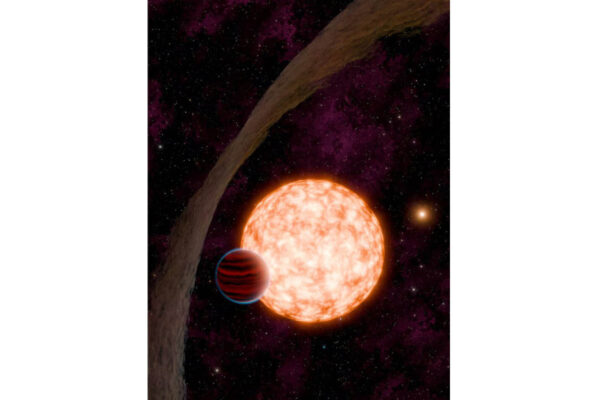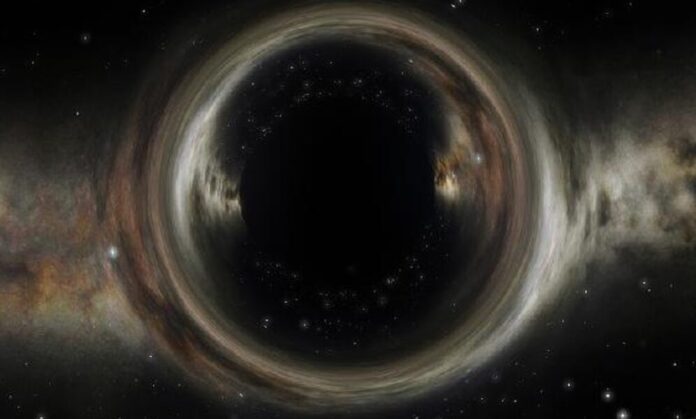Astronomers have just discovered an extraordinary newborn alien planet. It’s suspected that it was formed in just 3 million years. This is a remarkable achievement for the planet, given that the Earth took 10 to 20 million years to take shape. This finding is challenging traditional theories about how long planetary formation takes. This planet is located 520 light-years away in the Milky Way, and it orbits a young star that will evolve into an orange dwarf, cooler and less luminous than our Sun.
Alien Planet Becomes A Ground Breaking Discovery
This mystery planet is known as IRAS 04125+2902 b or TIDYE-1b. It is estimated to be 10 to 20 times the mass of Earth. Moreover, it circles its host star in just 8.8 days, that too at a distance much closer than Mercury is to the Sun. Researchers who are investigating this believe this planet originally formed further away and later migrated inward. This itself becomes a phenomenon that adds to the mystery of its creation.
Unlike our Earth, this exoplanet is less dense and has a diameter that is 11 times greater. A lack of understanding about its chemical composition leaves researchers questioning its structures and evolution.

The reason why this planet is revolutionary is because it challenges assumptions about how planets are typically formed. Planetary formations occur as gas and dust collapse into a spinning disk around a newborn star. Material from this disk then forms planets. But the inner regions dissipate quickly making it extremely difficult for massive planets to form near the stars. However, this rapid formation of IRAS 04125+2902 b challenges these theories. Scientists are now rethinking how and when planets can take shape.
Read More: What is the ‘Chill Guy’ Meme and Why is it Trending
Typically, planetary formation occurs as gas and dust collapse into a spinning disk around a newborn star. Material from this disk forms planets, but the inner regions dissipate quickly, making it difficult for massive planets to form near the star. The rapid formation of IRAS 04125+2902 b challenges these assumptions, pushing scientists to rethink how and when planets can take shape.
This discovery has challenged all previous theories and has highlighted the complexity of astronomy. Its sheer size has challenged previous beliefs and proven the intricacies of the universe.
Stay tuned to Brandsynario for more news and information.



































